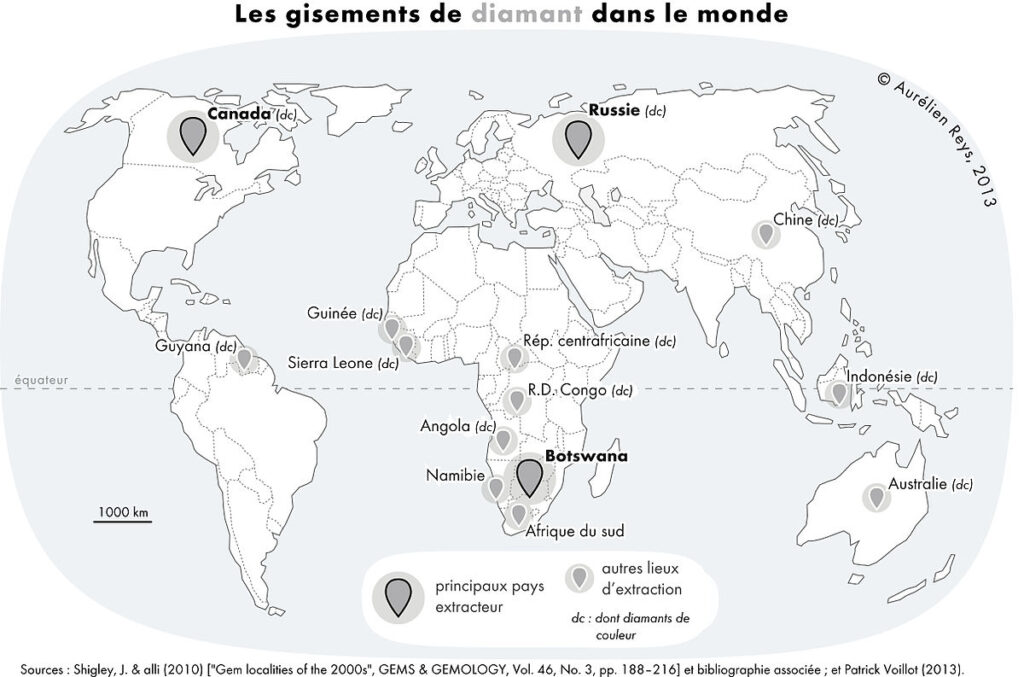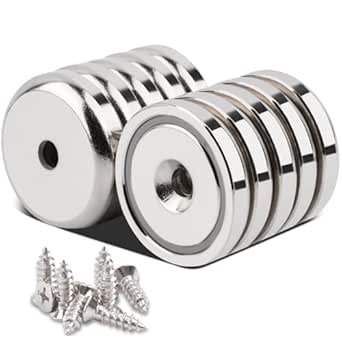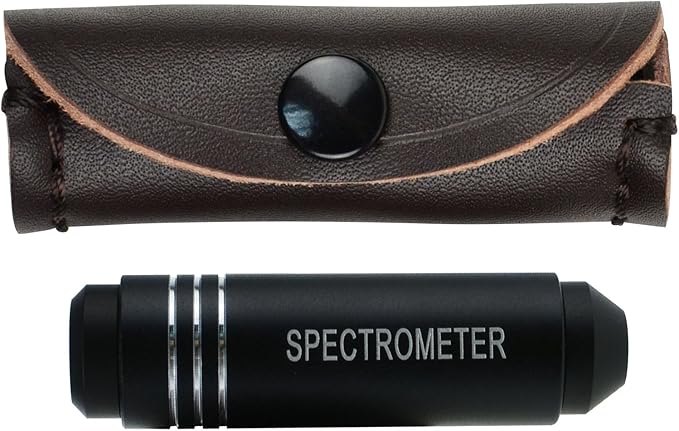If you are interested in buying a Diamond you must know about the different types of Diamond. Natural and Lab Diamonds are have identical and different features and you need to be able to tell them apart. You’ll need to know about the differences in production, price and other attributes to be informed about these two conflicting products.
Natural Diamonds
For a diamond to be considered Natural it needs to be formed in the earth. For a diamond to be formed carbon atoms must bond to form a crystal structure under extreme pressure, heat and depth. This means Diamonds come from the earth’s mantle deep below the surface. There are some ways Diamonds can naturally ascend from the mantle like with a volcanic eruption however it is still expensive and timely to mine diamonds with the many ways Diamonds and other gems are mined by companies.

Natural Diamond mining has been criticised and given names like Blood diamond or conflict diamonds. The issue comes with how some mining operations extracted the stones disregarding proper work conditions to save money. This includes the lack of proper training, equipment and using enslaved children to mine expensive diamonds which can be sold for a fortune without having to pay expenses a legitimate mining firm would have to pay like proper equipment and trained workers which need to be paid a fair salary. These profits would then usually be invested into regional conflicts for the warlords to gain power. Actions have been made to stop this and not all mining operations have this issue. Some people are against natural Diamonds for this reason while others are pro natural Diamond because it is more exclusive and rarer then lab made Diamonds. Some people think they are unique because they were made in the earth. There is no denying that the process which creates natural Diamonds is extraordinary but some more legitimate reasons for believing that natural Diamonds are more special compared to Lab diamonds would be colour, inclusions and historical gems. Colour is the weakest reason because Lab made diamonds can be intentionally coloured to make coloured gems however naturally occuring coloured Diamonds can be extremely rare and expensive. The most rarest coloured Diamond is red diamond which can cost around $1 million per carat making it one of the rarest and expensive type of Diamond if not the most. Red coloured Lab Diamonds cost around $1000-2000 per carat. This is because red coloured natural diamonds are extremely rare. Inclusions are imperfections within the gem which are created when the gem is formed. Both lab and natural can have inclusions. Inclusions usually decrease the price of the diamond because it can affect the light performance negatively making it sparkle less. This is an issue because the main reason people care about diamonds is because they sparkle however some inclusions can be attractive to customers. One example could be Diamonds with crystal inclusions inside of them. Some people might think this makes natural diamonds special and unique i will write about inclusions and blemishes soon which is valuable knowledge to know. And the last reason people might prefer natural diamonds is because some natural diamonds hold a lot of history. Lab grown diamonds are a recent addition to jewellery compared to how long humans have been using natural diamonds for jewellery. Diamonds have symbolised wealth for thousands of years for royalty and famous figures in history. I have a blog about a blue gems and the history of a notable blue diamond throughout its history. But really all natural diamonds are is just the same gem you can produce in a lab but it was dug from the ground instead. For the same thing made in a lab you can get a noticeable discount a lot of people have realised this. Some people have said has recently took a toll on the natural Diamond jewellery market when paired with lowered marriage rates.
- As of 05/04/2025
- Natural Diamond 0.5 carat cost $2840
- Lab Diamond 1.1 carat cost $2200
There were a few different prices this was one of the best i could find if your wondering the diamond quality was almost exactly the same for 2 Diamonds except for the carat which for Diamonds is weight if you want to learn about karats for gold I recommend reading my blog post about gold. When dealing with gems you can easily lose money if you don’t know the key information. The first step you should look out for when buying a diamond is to figure out if it is even a diamond or another gem like moissanite. The best way to test if the gem you have is a Diamond, moissanite or another substance like CZ is a diamond tester. However most cheap Diamond testers make errors and do not tell the difference between moissanite and diamond. If you don’t believe it you can look on youtube and see plenty of diamond testers passing moissanites as diamond. That’s why you shouldn’t buy the cheap tester but instead buy the quality testers which states it separates Diamonds from moissanites and CZ. You can find these simple tools on amazon i will link one below. Not sure if it is available in every country you can check for similar products if not just make sure the manufacturer states it separates Diamonds from moissanites and CZ.

Lab Grown
Diamonds which are lab grown or natural are the exact same product as chemically. The only difference is that lab grown Diamonds are formed in a machine instead of the earth. Same product lower price. People like these diamonds because they are conflict free and are cheaper because you do not need as much effort to manufacture diamonds when compared to mining them. There are 2 types of lab grown diamonds CVD diamonds ( chemical vapor deposition ) and HPHT diamonds ( High pressure high temperature ) . The problem with lab grown diamonds is that they can be very hard to identify from natural diamonds. Since both types of diamonds are identical substances you will not be able to tell them apart by looking at them. But there are a few tricks to still be able to tell them apart.
1- For HPHT diamonds because of the way they are formed these gems can be slightly magnetic because of metal inclusions inside of the diamond. The diamond itself is not magnetic but small metal pieces inside it are. this means you can perform a simple test using a magnet on a diamond and if the diamonds show signs of attraction they will be HPHT. You need a Rare earth element magnet or also known as a Neodymium magnet for this. There is a rare type of diamond called the “super deep diamond” which is said to grow around metal deeper than regular diamonds which could leave it with metal inclusions although you are unlikely to come across this.

2- UV light screening this test involves shining UV light at the gemstone. Natural, HPHT and CVD diamonds all can contain a variety of different traces of elements within the structure which can give away if the Diamond is natural or lab grown when multiple test results are studied effectively. There are a few different methods including testing for Phosphorescence, growth patterns or Fluorescence
| Feature | Natural | HPHT | CVD |
|---|---|---|---|
| LWUV Fluorescence | Often blue | Green/yellow/ orange | Often none |
| SWUV Fluorescence | Varies | Strong | Orange-red or green |
| Phosphorescence | Rare/weak | Strong (blue/yellow) | Weak (orange/red) |
| Growth pattern (if visible) | Mottled/uneven | Even, intense | Zoning or no response |
If you want to start testing your gems you will need to buy the right equipment. This will include a spectroscope. This is a cheap and effective tool to study the chemical composition of a gem to determine if it is Lab or natural and if it has been treated.

And a good UV lamp will allow you to professionally analyse a variety of gems to help spot natural, lab or treated stones.
